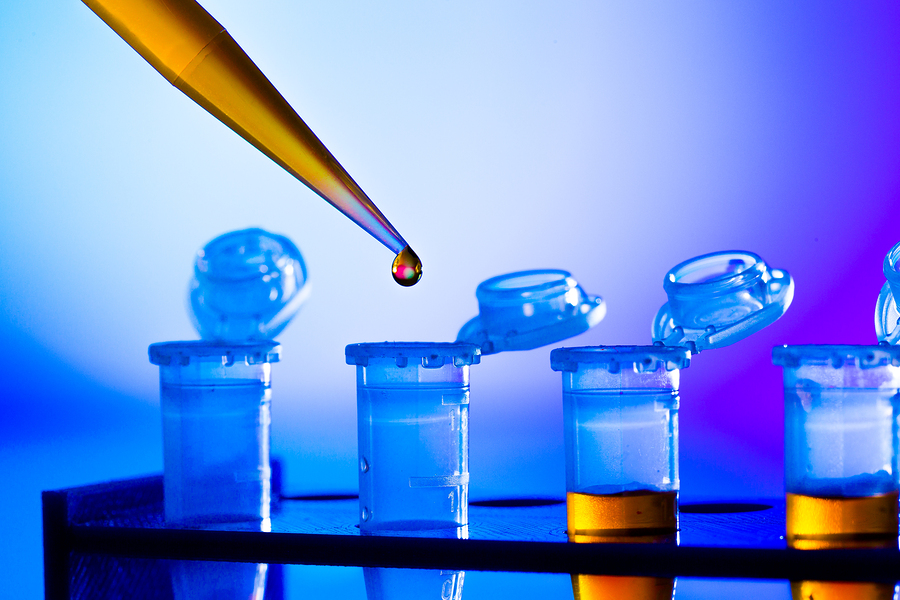
Table of Contents
This document summarizes current regulatory requirements and offers essential compliance guidance to medical device manufacturers and stakeholders.
The authority retains the prerogative to modify guidance to reflect legislative amendments when necessary.However, the guidance are non- binding in legal nature.
Regulatory Background
Recommendations provided in the guidance are based on the provisions of the UK Medical Devices Regulations 2002 (UK MDR 2002) and regulatory requirements set forth therein.
Further clarifications can be found in separate vigilance guidance for in vitro diagnostic medical devices issued by the MHRA.
Note that the regulatory requirements outlined in this guidance pertain solely to products intended for the Great Britain market (England, Wales, and Scotland).
Matters related to the marketing and use of IVD products in Northern Ireland are not covered here and are addressed separately.

UK MDR 2002
The document first outlines key regulatory concepts established by the UK MDR 2002. To aid stakeholders, it offers definitions and clarifications for proper understanding.
Besides defining “medical device” and “in vitro diagnostic medical device,” it delves into:
- Specimen Receptacles: These are devices, whether vacuum-type or not, designed by manufacturers to primarily contain and preserve human body specimens for in vitro diagnostic examination. They fall under in vitro diagnostic medical device regulations.
- Products for General Laboratory Use: This category includes products not classified as in vitro diagnostic medical devices, even if they’re initially intended for use during IVD sample examinations.
- Accessories to IVDs: These products are meant to accompany medical devices for their intended use, even if they aren’t IVD devices themselves.
Difference Between IVD and Accessories
The main distinction between IVD medical devices and their accessories is that the latter do not independently provide diagnostic information.
However, it’s crucial to note that, by regulatory requirements, accessories to IVDs are subject to IVD regulations.
Regarding invasive sampling devices, they are treated as standalone medical devices due to their regulatory nature.
A “Device for Performance Evaluation” is created by manufacturers for external lab studies, validating diagnostic result accuracy. Manufacturers must provide a conformity statement and register with the MHRA, even without a general conformity assessment.
Healthcare institutions
Healthcare institutions can produce in vitro diagnostic medical devices for their use through a simplified regulatory process, known as the ‘Exemption for Health Institutions (In-House Manufacturing).‘
Regulation 33 excludes products made and used exclusively within the same healthcare institution, on-site, or in nearby premises without transfer to another legal entity.
As clarified by the authority, this exclusion applies when in vitro diagnostic medical devices are made and used solely within a healthcare institution for internal purposes, without being marketed or supplied to third parties.
It’s crucial to note that should such a transfer occur, the healthcare institution would then be categorized as a medical device manufacturer, subject to all applicable rules and requirements, as emphasized by the authority.
Current regulations address collaborative development and market placement by multiple entities. Special rules and exemptions apply to products exclusively designed, manufactured, and used for research.
For exhibitions, the guidance permits non-compliant in vitro diagnostic devices to be displayed at trade fairs and similar events.
They should not be used for testing and must be visibly marked as non-compliant until they meet UK MDR 2002 requirements.
In brief, this guidance outlines regulatory requirements for in vitro diagnostic medical devices in Great Britain, including key terms and special exclusions.
How Can RegDesk Help?
RegDesk is a holistic Regulatory Information Management System that provides medical device and pharma companies with regulatory intelligence for over 120 markets worldwide. It can help you prepare and publish global applications, manage standards, run change assessments, and obtain real-time alerts on regulatory changes through a centralized platform. Our clients also have access to our network of over 4000 compliance experts worldwide to obtain verification on critical questions. Global expansion has never been this simple.

